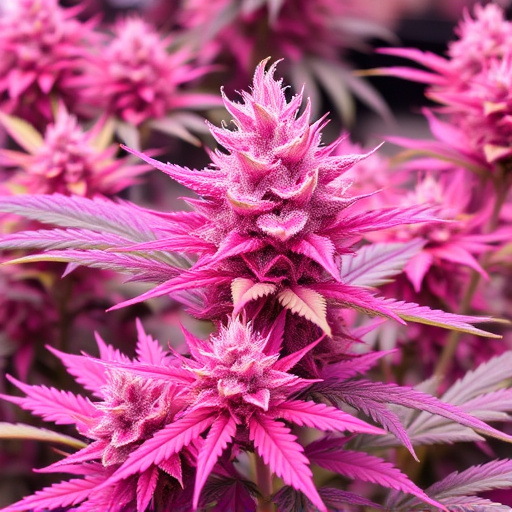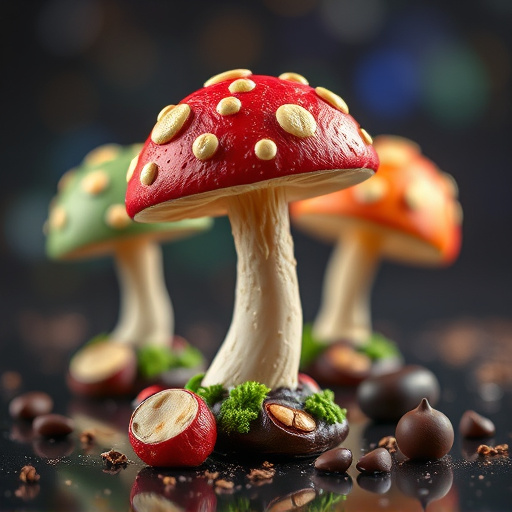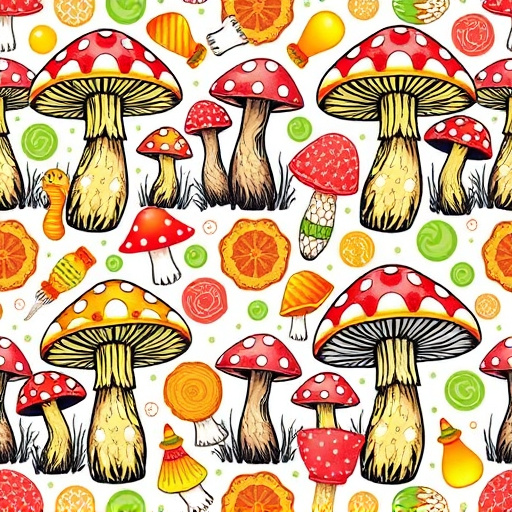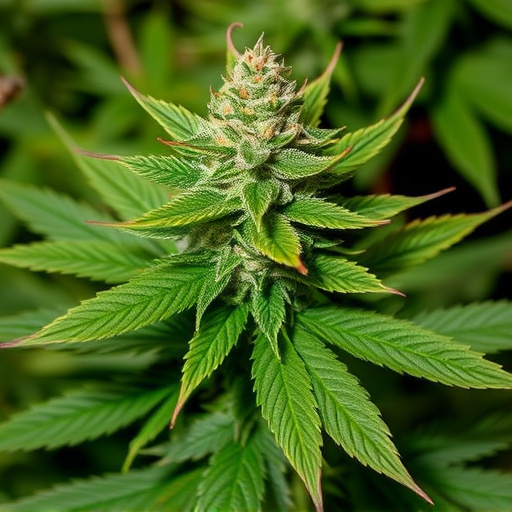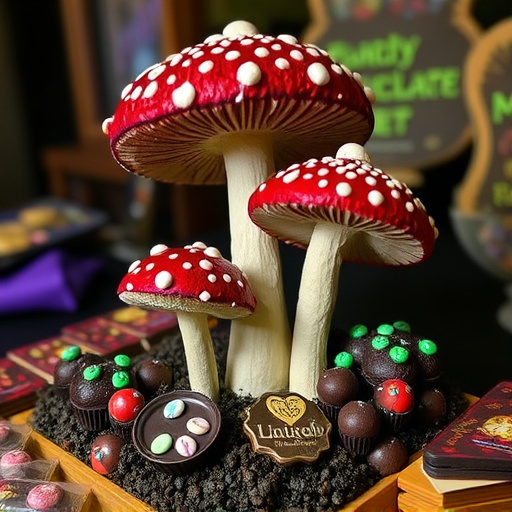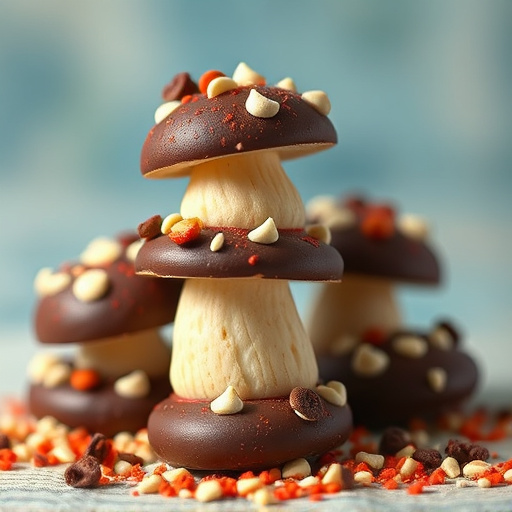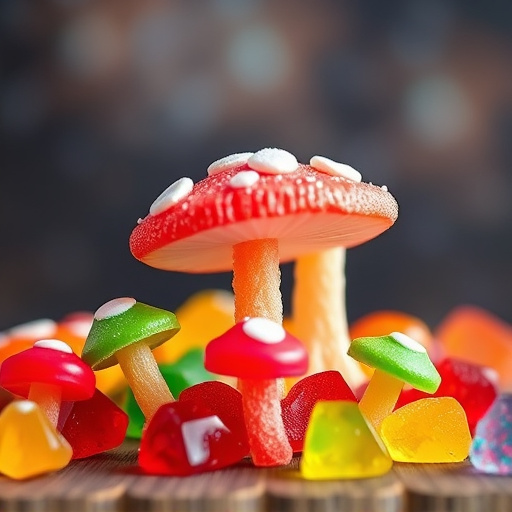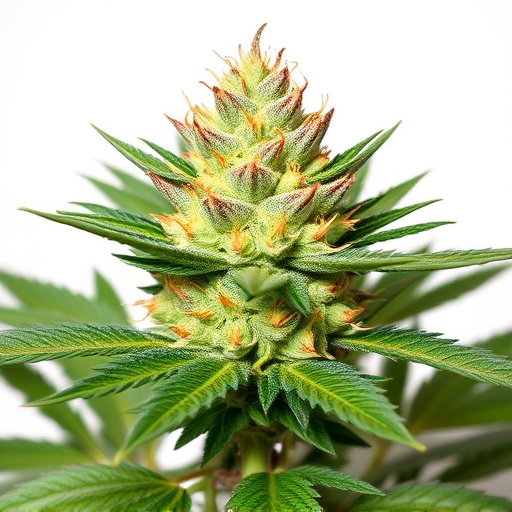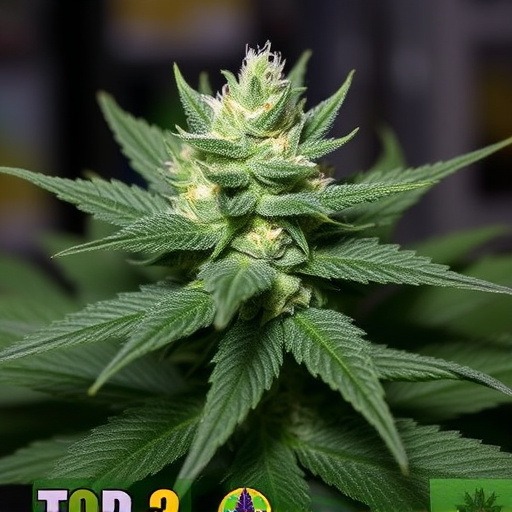The potency and quality of cannabis are gauged by THC concentration, but color associations also play a significant role in the industry. Growers and dispensaries use visual indicators like strain appearances ranging from bright greens to deep purples as marketing tools for the top 20 cannabis strains. These colors can offer insights into cannabinoid profiles due to plant protection mechanisms and stress responses, though they are not definitive guides to effects. Understanding these color-potency correlations helps consumers make informed choices among the top 20 cannabis strains for enhanced experiences.
Discover how color isn’t just a pretty face in cannabis—it might reveal potency secrets. Our article explores the intriguing connection between visual cues and cannabis strength, diving into the science behind it. We analyze the top 20 cannabis strains, their distinctive visuals, and the potential impact of color on their potent profiles. Uncover insights that go beyond appearance as we navigate the fascinating world of cannabis potency.
- Understanding Cannabis Potency and Color Association
- A Look at the Top 20 Cannabis Strains and Their Visuals
- Scientific Insights on Color's Impact on Cannabis Potency
Understanding Cannabis Potency and Color Association
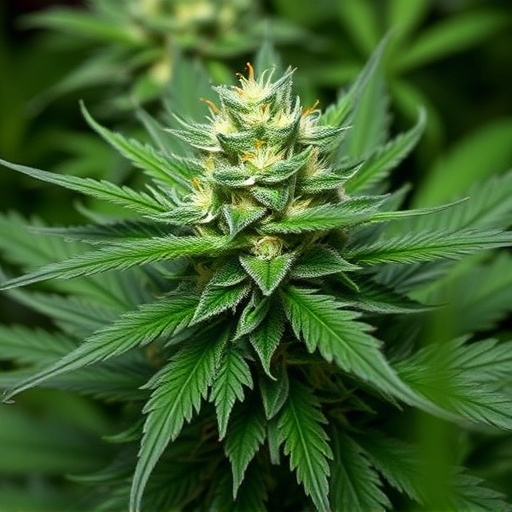
Cannabis potency refers to the concentration of THC (tetrahydrocannabinol), the primary psychoactive compound responsible for its intoxicating effects. It’s often measured in percentages, indicating the strength of each strain. While potency is a key factor in determining the desired effect, color has also been associated with cannabis potency and quality within the industry. However, it’s important to note that this association isn’t scientifically proven.
The top 20 cannabis strains are known for their diverse appearances, ranging from bright greens to deep purples, often accompanied by unique pigments like red, orange, or even black. These colors are perceived as indicators of maturity and potential potency. For instance, a darker bud may suggest a higher concentration of resins and cannabinoids, which some believe contribute to enhanced effects. Nevertheless, the visual appeal and color association have become marketing tools for growers and dispensaries, adding to the mystique surrounding cannabis varieties.
A Look at the Top 20 Cannabis Strains and Their Visuals
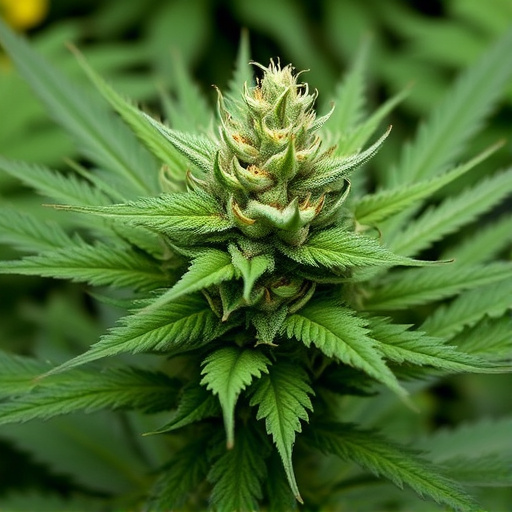
In the ever-evolving landscape of cannabis, understanding the visual cues can be just as important as knowing its potency. The top 20 cannabis strains offer a diverse array of visuals that can provide valuable insights into their potential effects and experiences. From vibrant greens and rich browns to subtle pastels and unique marbling, each strain’s aesthetic appeal is a window into its genetic makeup.
For instance, popular strains like Blue Dream are known for their striking blue-tinged leaves and dense, resinous flowers, while others like Girl Scout Cookies boast lush, dark green foliage and thick, amber-hued trichomes. These visual characteristics not only captivate the eye but also indicate varying levels of cannabinoids and terpenes, which can influence the strain’s potency and unique therapeutic properties. Exploring these top 20 strains allows consumers to make more informed choices, enhancing their overall cannabis experience.
Scientific Insights on Color's Impact on Cannabis Potency
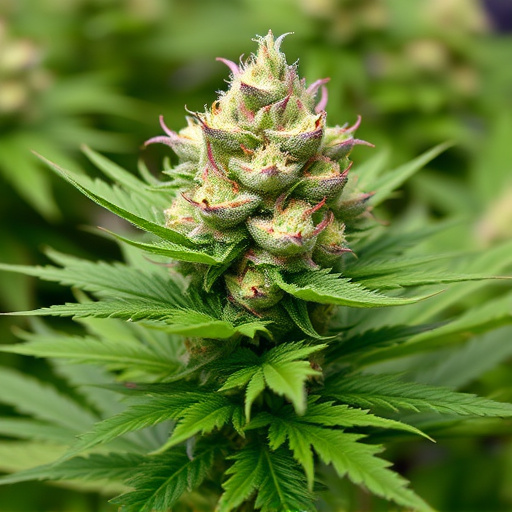
While cannabis enthusiasts often associate certain colors with specific strains and their effects, it’s essential to approach this topic through a scientific lens. Recent studies have begun to explore the connection between color and cannabinoid profiles in cannabis plants. Surprisingly, researchers have found that color can indeed provide some insights into potency, but it’s not a definitive indicator.
The key lies in the way cannabis flowers develop their unique hues. Different pigments, like anthocyanins (responsible for reds and blues) and carotenoids (oranges and yellows), play a role in protecting the plant from UV radiation and attracting pollinators. These pigments can also influence cannabinoid production. For instance, strains with deeper colors may have higher levels of specific cannabinoids due to increased protection and stress response mechanisms within the plant. When it comes to the top 20 cannabis strains, understanding these subtle color-potency correlations can offer consumers a more nuanced perspective on their choices.
While the association between color and cannabis potency has long been speculative, scientific insights suggest that color may indeed provide valuable clues about a strain’s potential effects. Examining the top 20 cannabis strains reveals a diverse range of visuals, from vibrant hues to subtle shades, which could correspond to varying levels of cannabinoids and terpenes. This exploration highlights the importance of considering both visual cues and chemical compositions when evaluating cannabis potency, offering consumers a more nuanced understanding of their choice.
